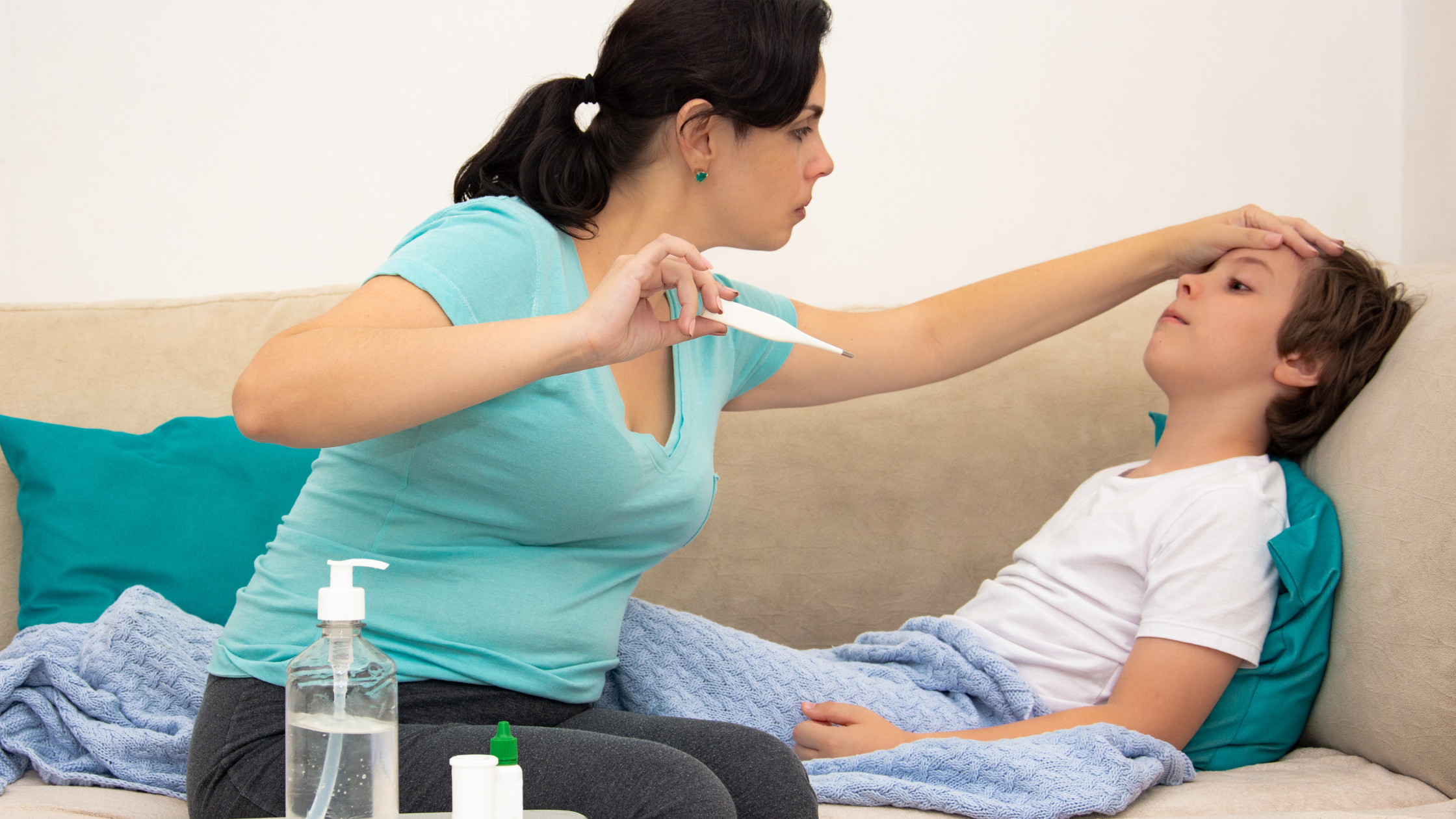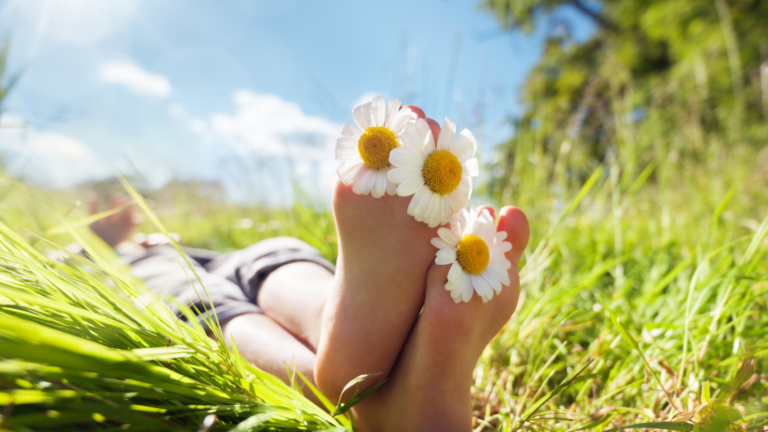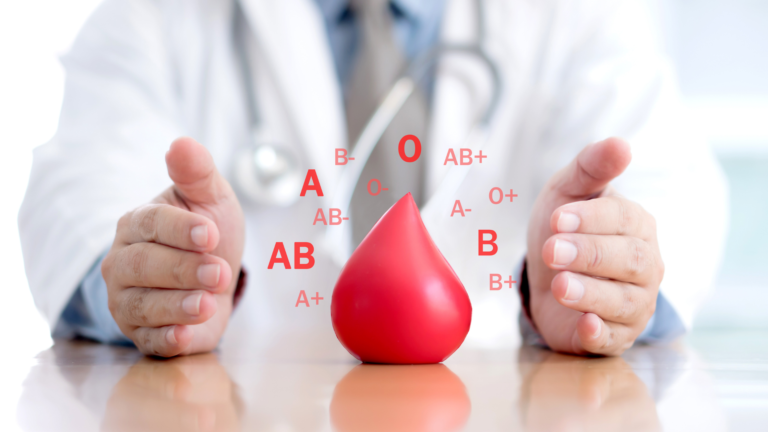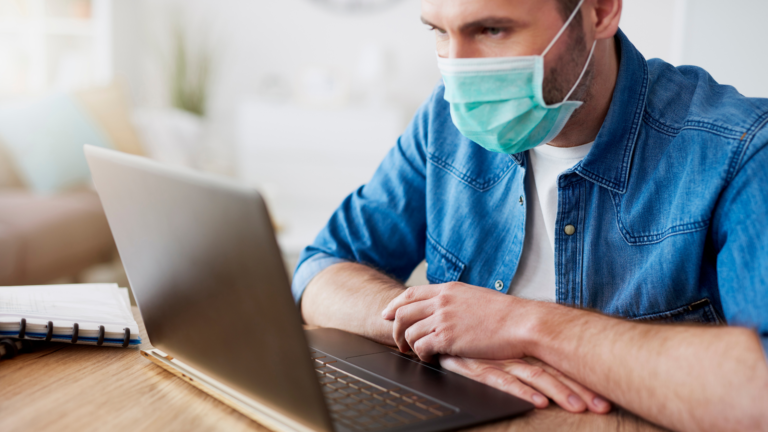Are You Living With Someone That Has COVID-19?
Always follow the advice given to you by your health care provider and the local public health team. If the symptoms of the person you are caring for worsen, contact your health care provider, call 9-1-1, or go to the nearest Emergency Department. If you have questions, contact your health care provider, dial 8-1-1 to speak to a nurse (available 24/7), or contact your local public health unit.
For the most up to date information about COVID-19 in BC, visit www.bccdc.ca/covid19.
Self-Isolation for Caregivers
Anyone who is providing care or living with someone who has COVID-19 is considered a ‘close contact’. Close contacts have a higher risk of contracting COVID-19, and must therefore take measures to protect themselves and others in their community.
Limit Contact
-
DO think about self-isolation
- The person with COVID-19 (or respiratory symptoms) should stay in a room with good airflow that is away from other people in the home. If there are multiple people with COVID-19, they could stay in the same space. If possible, this room should have access to its own separate bathroom that other household members do not use. Meals and supplies should be left outside the door.
-
DO decide on a single, healthy caregiver
- Having only one healthy person provide direct care for the person with COVID-19 symptoms prevents unnecessary exposures. Ideally, this caregiver should not be someone who is pregnant or who has a pre-existing condition that makes them high risk (e.g. diabetes, heart disease, lung disease).
-
DO keep physical distance, when possible
- As a caregiver, keep 2 meters (6 feet) of distance from the person with COVID-19, except when it is not possible to do so in order to provide direct care. The caregiver should always wear a mask and promptly wash or disinfect their hands after leaving the isolation space.
Wear a Mask & Gloves When in Close Contact
-
DO wear a medical mask and gloves
- If you are coming into direct contact with the person who has COVID-19 (with or without symptoms), or with any of their bodily fluids (e.g., saliva, sweat, vomit, urine, blood, feces), wear a medical mask and gloves.
- If a medical mask is not available, both caregiver and the person with COVID-19 (if medically able) should wear a well-fitted non-medical mask in order to contain respiratory droplets. Non-medical masks must be laundered in warm water and detergent after use.
-
DO remove and dispose of medical masks and gloves carefully after each use
- Remove gloves, avoiding touching the outside of the glove with your bare hands. Dispose of in a trashcan that is lined with plastic. Wash your hands with soap and water for 20 seconds.
- Then remove your mask by the ties/earloop, disposing of this in the same lined trashcan. Wash hands again with soap and water for 20 seconds.
Perform Proper Hand Hygiene
-
DO wash hands often, especially after any interaction with the person with COVID-19
- Use soap and water to wash your hands for 20 seconds. Make sure to get the backs of your hands, between your fingers, around your thumbs, and around your wrists.
-
DO use hand sanitizer, if washing hands is not an option
- Use an alcohol-based hand sanitizer that contains at least 60% alcohol, has a Natural Product Number (NPN) or Drug Identification Number (DIN), or is otherwise approved by Health Canada.
-
DO NOT touch your face
- Touching your mouth, nose, eyes, or face with your hands risks exposing the virus to your body’s mucous membranes.
Avoid Contact With People Outside of Your Home.
-
DO NOT have visitors
- Food, medication and/or other supplies can be dropped off outside the home (or door).
-
DO NOT have contact with vulnerable people
- Both caregiver(s) and those who have COVID-19 need to avoid contact with more vulnerable people. This includes seniors, those with weak immune systems, and those with a chronic health condition (e.g. diabetes, lung problems, heart disease).
Clean & Disinfect Often
-
DO clean and disinfect surfaces
- Clean hard surfaces daily to remove dirt or grime. Follow with a disinfectant.
- Disinfect frequently touched surfaces (e.g. doorknobs, switches, remotes, toilets) twice a day. Use disinfectant (with a Drug Identification Number, or DIN), or a freshly prepared bleach solution (i.e. 20 ml bleach per 1L of water). Leave surfaces wet for 1 minute.
- Unless otherwise indicated in the manufacturer’s instructions, disinfect high touch-electronics with 70% alcohol (i.e. alcohol prep wipes).
-
DO wash contaminated laundry
- Store possibly contaminated clothing, bedding, towels, non-medical masks, etc. in a laundry basket with a plastic liner. Be careful not to shake, as this may release virus particles into the air. Wash with warm/hot water (60 to 900 C) and regular laundry detergent.
- DO line trashcans with plastic. Lining the trashcan with plastic allows for safer garbage disposal. When emptying, be careful not to touch any waste. Tie up the bag before throwing out with the rest of the household garbage. Wash hands with soap and water immediately.
- DO put the toilet lid down before flushing. Putting the lid down on the toilet helps prevent viral particles from spreading through the air. Wash your hands with soap and water immediately.
- DO ensure good airflow. Make sure common areas are well-ventilated (i.e. window or door can be opened to allow air to circulate).
- DO NOT share items with the person who has COVID-19. Avoid sharing personal items such as towels, linens, utensils, drinking glasses, thermometers and personal devices that could potentially spread the virus.
|
If you used the necessary precautions outlined above, continue to monitor yourself for symptoms for 14 days after your last close contact with the infected person. If you did not always use the recommended personal protective equipment (PPE) outlined above, had direct contact with the bodily fluids of the infected person without the use of PPE, or had close contact (within 2 meters or 6 feet) with the infected person without using PPE, then self-isolate for 14 days from last contact, and reach out to your public health team for further guidance. |
Printable PDF for download
Sources:
www.bccdc.ca/Health-Info-Site/Documents/Self-isolation_caregivers.pdf




